Exploring the Versatility of Jigs and Fixtures
Jigs and fixtures are essential components in the manufacturing and construction industries, serving as vital tools for accuracy, repeatability, and efficiency. These tools are not only pivotal in ensuring precision but also in enhancing productivity and safety during the fabrication process.
Types and Applications of Jigs and Fixtures
The variety of jigs and fixture designs cater to a broad spectrum of applications. Engineering jigs are commonly employed to guide cutting tools and maintain consistent production standards. In contrast, assembly jigs are designed to hold components in place during the assembly process, ensuring correct alignment and fit. Welding jigs and fixtures are indispensable in the metalworking industry, securing parts for precise welding, while grinding fixtures are used to maintain the correct angle and pressure in grinding operations.
Features and Materials
The construction of jigs and fixtures can vary significantly, with materials chosen based on the specific application. Durability and resistance to wear are crucial, with many jigs and tools being made from hardened steel for longevity. 3D printed jigs and 3D printing fixtures are emerging as cost-effective and customizable options, allowing for rapid prototyping and adaptation to unique manufacturing challenges.
Advantages of Precision Tooling
The use of precision jig & fixture in manufacturing is associated with numerous advantages. These tools can drastically reduce errors and increase the speed of production. The concept of foolproofing jig fixture designs also contributes to minimizing human error, ensuring that even the most complex tasks can be completed with a high degree of accuracy.
Innovations in Jig and Fixture Manufacturing
Innovation in jig manufacturing has led to the development of more sophisticated tools. The integration of computer-aided design (CAD) with jig in manufacturing processes has allowed for the creation of highly specialized and efficient tooling solutions. This evolution is evident in the intricate designs of jig dan fixture that cater to specific industry needs, further enhancing the capabilities of traditional jigs and fixtures.
Conclusion
The realm of jigs and fixture is one of constant development and refinement. With a focus on precision, efficiency, and adaptability, these tools are fundamental to the success of various industrial operations. By understanding the different types, applications, and benefits of jigs and fixtures, businesses can select the appropriate tools to meet their manufacturing needs and maintain a competitive edge in their respective markets.






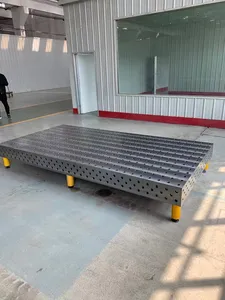

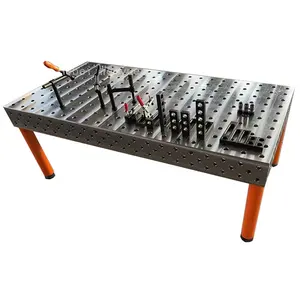

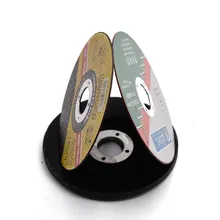
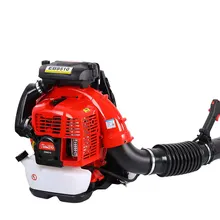

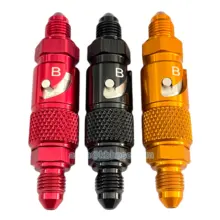
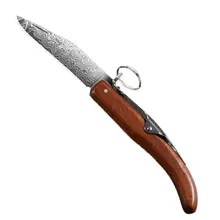
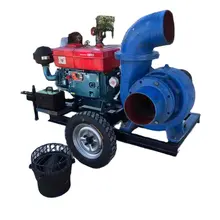




























 浙公网安备 33010002000092号
浙公网安备 33010002000092号 浙B2-20120091-4
浙B2-20120091-4